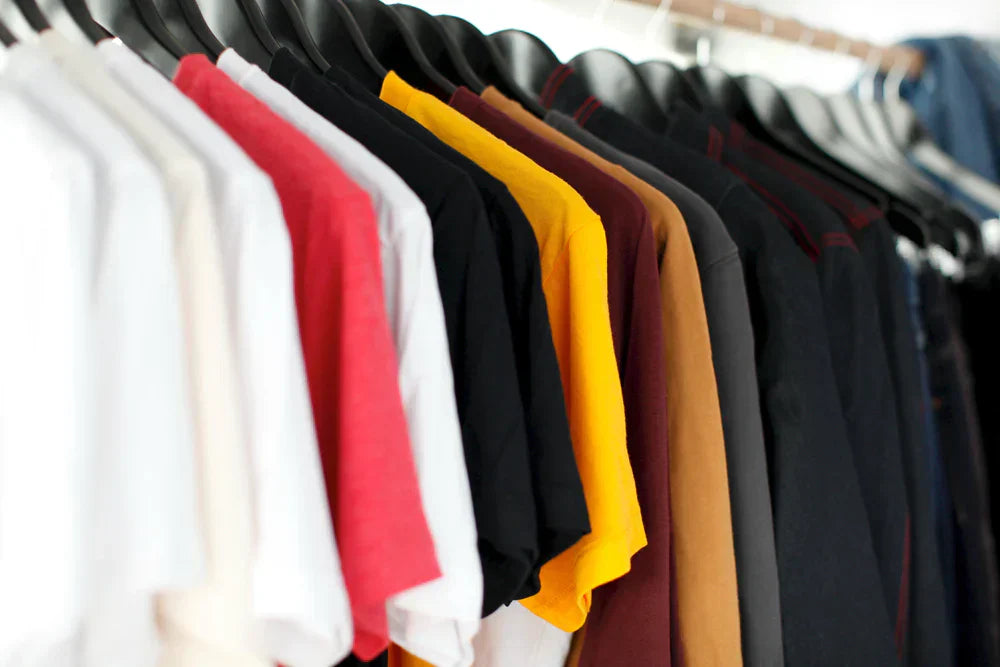👕 Finding the Perfect Shirt Fit for Men & Women
Ever put on a shirt and feel like something’s just... off? Too tight, too baggy, weird shoulders? Fit is everything when it comes to looking sharp and feeling comfortable. Whether you’re rocking a polo, a tee, or a dress shirt, knowing what works for your body type makes all the difference.
🔥 How Should a Shirt Fit?
👔 Men’s Fit Guide
✔ Shoulders – Seams should hit right at the edge of your shoulders. Too far down? Too big. Too high up? Too small.
✔ Fabric Fit – No excess bunching or tightness—just enough room to move.
✔ Length – Casual shirts should hit mid-fly; dress shirts should stay tucked without extra bulk.
👚 Women’s Fit Guide
✔ Seams & Darts – Look for a cut that flatters without pulling. If fabric stretches across the chest, size up.
✔ Fabric Stretch – A little stretch is great, but too tight = uncomfortable & unflattering.
✔ Length – Long enough for movement, especially if you love a tucked-in look.
🎽 T-Shirt Fit Tips
🔹 For Men:
- Sleeves should hit mid-upper arm (not too tight!).
- A slight taper at the waist = a modern, flattering fit.
- Need extra length? Opt for “tall” sizing instead of going up a size.
🔹 For Women:
- Shorter, more fitted sleeves and torso.
- Avoid fabric pulling across the chest—it should lay smoothly.
- Pick a length that works for both tucked & untucked styles.
👔 Dress Shirt Fit: Look Sharp, Stay Comfortable
🔹 Men:
- Collar should fit one finger snug between fabric & neck.
- Slim & modern fits give a sharper silhouette.
- Sleeves should hit right at your wrist with cuffs showing slightly under a jacket.
🔹 Women:
- Princess seams & darts create a sleek, tailored look.
- Shoulder seams should sit right at the bone—not too high, not too low.
- Long sleeves should taper to the wrist for the best fit.
🆚 Men’s vs. Women’s Sizing: What’s the Difference?
📌 Buttons: Men’s on the right, women’s on the left.
📌 Fit: Women’s shirts = more tailored, men’s = roomier.
📌 Sizing Charts: Always check measurements before ordering—every brand is different!
👕 Get the Perfect Fit with Custom Apparel!
A well-fitted shirt elevates your look instantly. Whether you’re after a custom-embroidered polo, a sharp dress shirt, or a comfy tee, we’ve got styles to match your fit & vibe.

